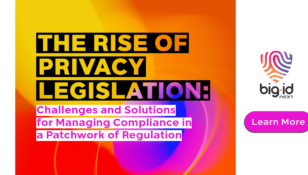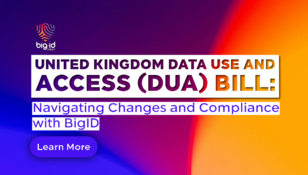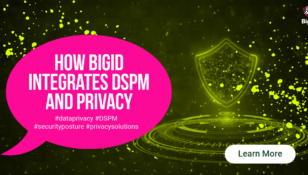How Healthcare Interoperability Promotes Cohesive Data Collection
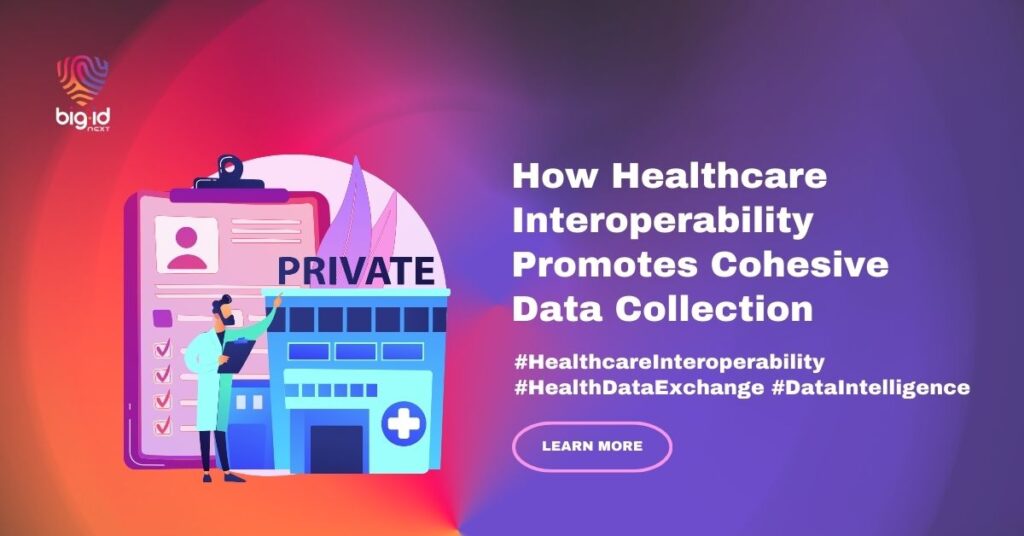
In 2009, the American Recovery and Reinvestment Act (ARRA) — commonly called the Recovery Act — established new expectations for healthcare providers, clinicians, practitioners, hospitals, pharmacies, and vendors to electronically exchange data.
The Act marked a shift from paper records to electronic health records (EHR), creating a need for healthcare information technology (HIT) systems to exchange, interpret, and use data cohesively — or, the need for interoperability.
The Healthcare Information and Management Systems Society (HIMSS) defines interoperability as:
The ability of different information systems, devices and applications (systems) to access, exchange, integrate and cooperatively use data in a coordinated manner, within and across organizational, regional and national boundaries, to provide timely and seamless portability of information and optimize the health of individuals and populations globally.
Why Is Interoperability Important?
When various technology systems can effectively communicate to share, interpret, and use data, the result is a cohesive, consistent data exchange across all touchpoints along the full spectrum of care — clinician, lab, hospital, pharmacy, and patient.
Achieving interoperability leads to overall organizational efficiency, reduced medical errors, improved patient care and trust, regulatory compliance, and direct financial benefits.
While a recent HIMSS report found that nearly 75% of hospitals, health systems, and acute care facilities have progressed beyond the foundational level of interoperability, another study shows that the lack of interoperability in healthcare data still costs the American health system an annual $30 billion.
Interoperability Levels in Healthcare: Foundational, Structural, Semantic, Organizational
- Level 1: Foundational. The ability of disparate information systems or applications to securely communicate data to — and receive data from — another system; does not account for the receiving system.
- Level 2: Structural. Defines the data structure of the information being shared or exchanged between systems; allows for data to be interpreted at the individual field level — preserved and unaltered.
- Level 3: Semantic. The ability of multiple systems to exchange, interpret, and use data to its fullest extent across disparate systems — with shared understanding and meaning to the user.
- Level 4: Organizational. The ability of organizations, entities, and individuals to exchange data in a secure, seamless, and timely way while operating under different policy and procedure ecosystems.
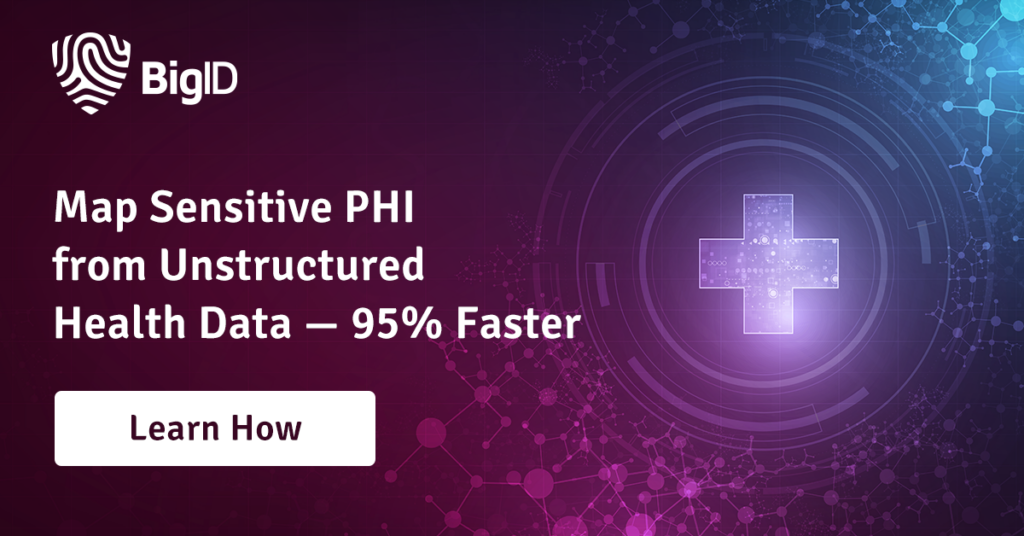
Challenges to Interoperability in Healthcare
Organizational and Stakeholder Consensus
Stakeholder adoption and consensus must align to facilitate cross-organizational trust and meaningful data exchange. Systems may be equipped for various levels of interoperability and ready to go live, but a lack of agreement across the aisle on the use, goals, and value of each organization’s data, technology, and sharing practices can result in systems that remain essentially idle.
Up-to-Date, Accurate Patient Consent
Obtaining, retaining, and communicating patient consent according to various regulatory requirements is a must in modern healthcare. Regardless of regulations, patients have the ultimate ability to withdraw consent at any time — and data exchange processes must take consent governance into account at all times.
Ensured Privacy and Security
Regulations like the Health Insurance Portability and Accountability Act (HIPAA), the Health Information Technology for Economic and Clinical Health (HITECH), the EU’s General Data Protection Regulation (GDPR) — and many more — require that health organizations adhere to specific privacy and protection processes when they transmit or receive sensitive patient data. Companies must often encrypt the patient data they exchange, as well as execute Data Use and Reciprocal Support Agreements (DURSA) — commonly called “trust agreements” — to uphold privacy and protection standards.
High-Quality Data
Data exchanged between organizations must be accurate and complete — and information that is being received from various and diverse systems is highly susceptible to data quality issues. To mitigate harmful, risky, or time-consuming quality concerns, transmitted data should be standardized for terminology, metadata, and style — so that it can be easily understood by technology systems, as well as meaningful to human end users.
Benefits of Interoperability
Efficiency
Health organizations that remove repetitive manual processes from collecting and maintaining patient data will rapidly ease administrative burdens, increase control over their data, and improve the speed and quality of patient care.
Risk Reduction
When all devices communicate effectively, providers can rely on a heightened level of accuracy for data that is both shared and received. This leads to fewer errors in patient medical history, better care, improved efficiency, and even a reduction in patient deaths that are due to errors.
Regulatory Compliance
The Recovery Act was just the beginning. A steep rise in cloud-based technology, an increasing volume of EHRs, and an explosion in formats of digital health records — including MRI procedures, pharmacy transactions, CAT scans, EKG records, insurance claims, billing records, blood analyses, and more — demonstrate an increasing need for effective interoperability in healthcare. The HITECH Act helped strengthen and promote the adoption of HIT across the health system — followed by the 21st Century Cures Act, the CMS Interoperability and Patient Access Rule, and others. Achieving healthcare data interoperability ensures that organizations stay on top of the growing regulations around electronic data standards.
Patient Trust and Satisfaction
Reliable, accurate, easily communicated data boosts patient confidence in provider care and health systems.
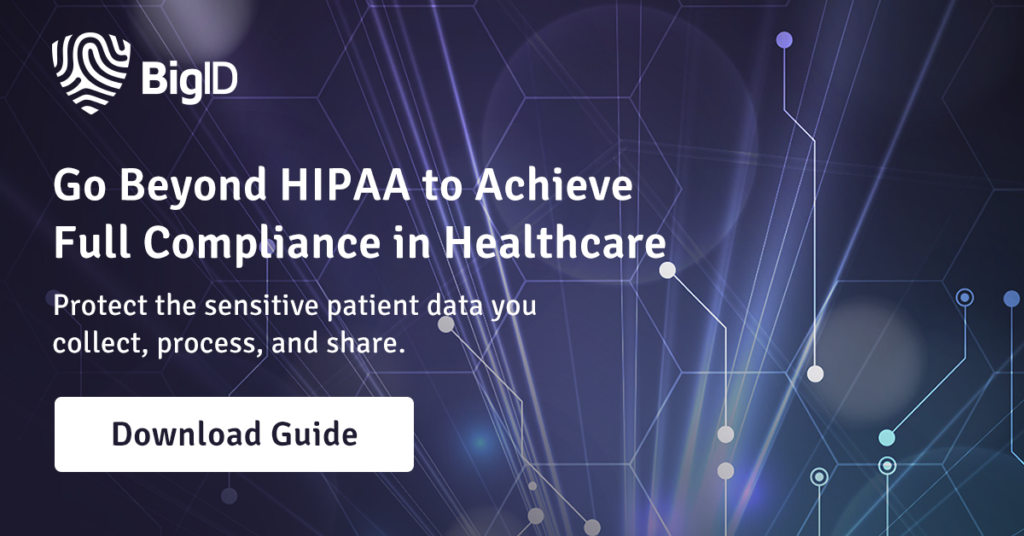
How BigID Can Help
Know Your Data
BigID enables you to know all your data — PHI and beyond. Healthcare organizations can leverage BigID’s deep data discovery foundation to find, manage, and catalog all patient information across the enterprise — no matter how siloed. Enable the useful exchange of accurate, complete, and meaningful patient data in order to achieve efficient organizational interoperability.
Leverage Next-Gen Classification
Automatically classify protected health information (PHI) via next-generation classification that goes beyond pattern-based discovery, with:
- ML classification that’s based on NLP and NER
- AI insight that’s based on deep learning
- Patented file analysis classification
Automatically Catalog and Map Data
Discover all data across your entire ecosystem in a single data catalog. Find structured and unstructured data, in the cloud or on prem, in motion or at rest, and eliminate the challenges of hidden and siloed data. Automatically catalog and map sensitive patient data with deep data insight, incorporating active metadata and classification — all within a single pane of glass.
Clean Up Your Data and Monitor Data Quality
Identify and remediate duplicate, similar, redundant, and derivative structured and unstructured data that contains sensitive patient data.
Improve data quality by actively monitoring the consistency, accuracy, completeness, and validity of your data in a unified view — and ensure that it is fit for purpose and compliance.
Integrate Consent and Preference Management
To streamline data rights management and comply with regulations that require patient consent, organizations can correlate granular data knowledge to data subjects.
Transforms consent capture processes into a practical validation tool for collecting and processing patient data.
Drive Effective Interoperability
With a new focus on liberating patient data and driving interoperability and patient access to health information, healthcare organizations expect effective integration between data sources and infrastructures.
BigID is an open platform designed to facilitate more meaningful exchanges between systems at its core. BigID helps to manage, monitor, and validate third-party data transfers, and comply with regulatory requirements.
Schedule a demo to learn all the ways BigID’s data intelligence platform — complete with our core discovery foundation and extensible app framework — can enable any health organization to achieve all levels of healthcare data interoperability, boost efficiency, reduce risk due to errors, meet compliance regulations, and ultimately increase patient confidence in provider care.



